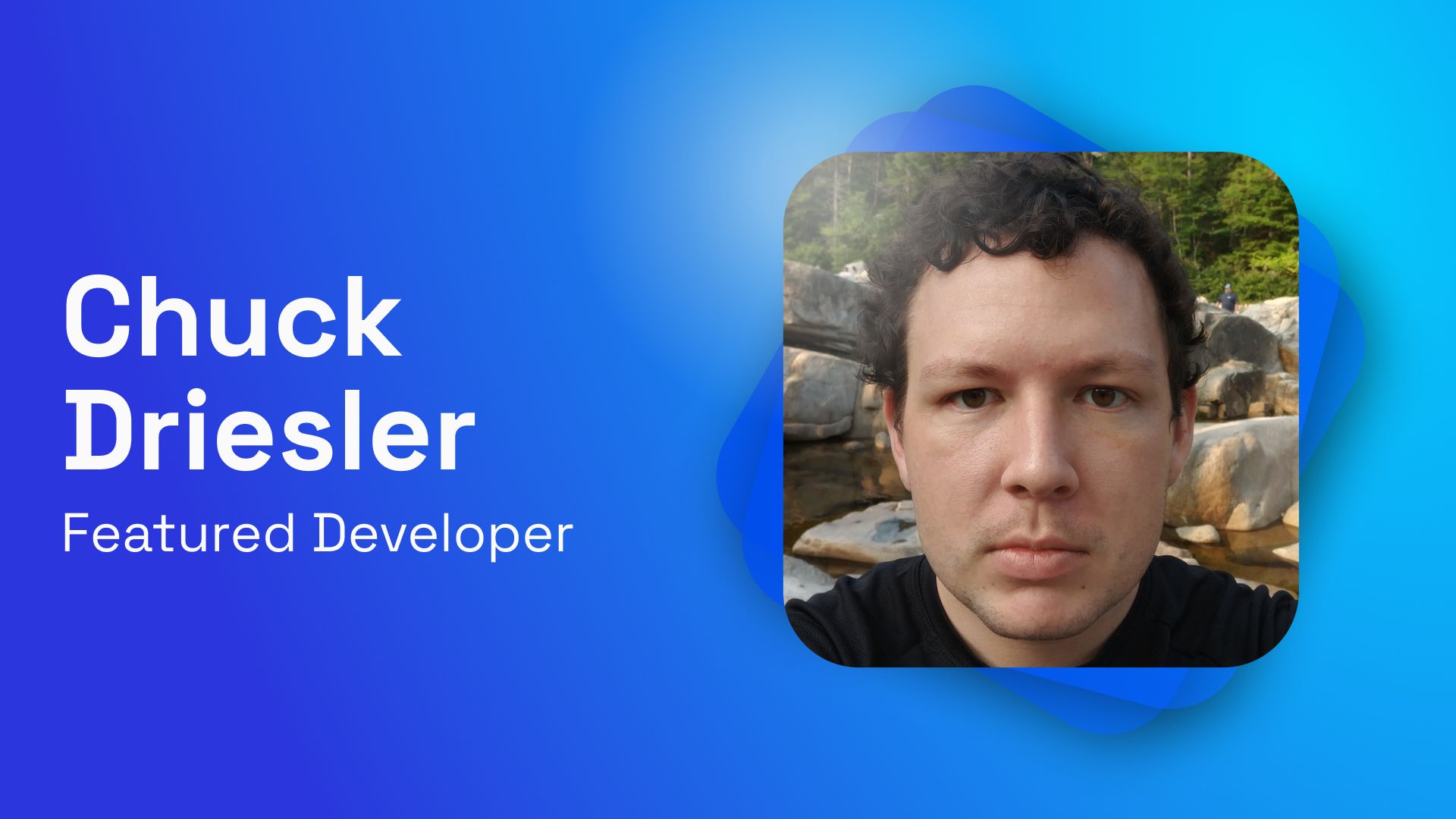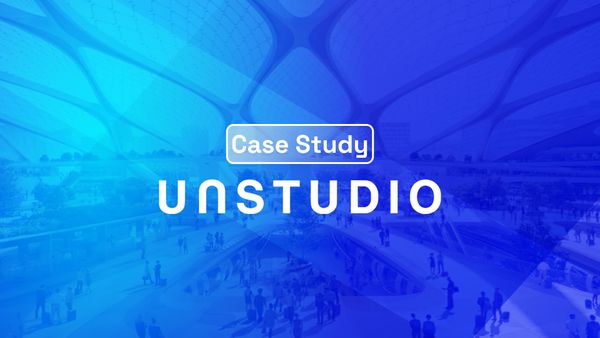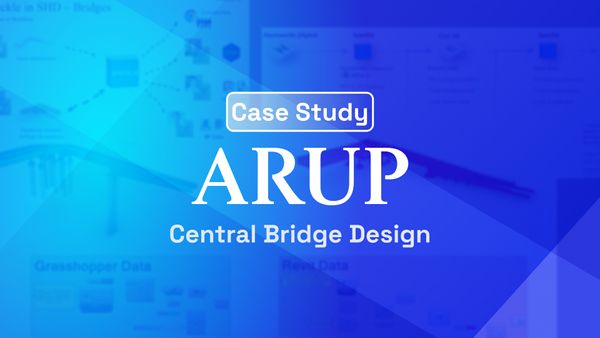Introduction
Chuck Driesler joined us at SpeckleCon to showcase how Speckle enabled him to finally deliver on the promise of Grasshopper on the web with his project, NodePen. In this interview, Chuck answers a few of our questions and introduces NodePen.
Interview
Please give a short introduction of yourself.
My name is Chuck Driesler. I’m a software engineer at Hypar and I graduated with a B.Arch from Pratt Institute in 2019. I’ve been working on cute and fun internet software projects in the orbit of architecture since graduation. I think I’d like to make video games someday.
How did you first hear about Speckle?
I found the early Grasshopper plugins during my internship at HOK buildingSmart in 2018. At the time, as an aspiring software developer in an architecture firm, I was obsessed with the problems of interoperability. Speckle was a signal that a better technological world was possible. Also I just found it so neat. It felt good to tinker with some software that was holding the attention of a corner of industry I was only just starting to join.
What challenges or problems were you trying to solve?
I’m developing a place where you can create and interact with Grasshopper scripts from the web. The constant stream of changes and solutions creates an endlessly growing pile of geometry that I need to store, share, and view. Specifically, I need to grapple with buckets of Rhino geometry.
What were you looking for in a solution?
I wanted to find an opinionated solution for managing 3D data, and I wanted to lean on the expertise of the team that created it. My current skills and interests cluster around topics like web development, graphics, and the highly visual side of software. Anything I tried to do would be a strictly worse version of what Speckle offers.
Speckle, and several neighbors, have been working on this problem longer than I’ve been working on NodePen. And I’ve been following the iterations and improvements over the years. I knew that Speckle had best-in-class offerings from a team that cared deeply about the problem and was cursed with too much knowledge about the Rhino API. Even better, the open-source nature of the tools meant that I could customize and contribute back as I got more comfortable with them.
How did you implement Speckle's solution?
NodePen is still largely a solo project. But as I floated the idea with friends and colleagues, people often balked: “that’s not what Speckle does!” Playing the part of the Speckle evangelist never got old.
Without Speckle, NodePen would not be able to graduate from a proof-of-concept to a full offering for several more years at least. It’s one thing for me to write some code that can show a cube or a point from Rhino. It’s another to support the entire set of geometry in a way that can be shared so easily between users and devices.
What plans do you have to use Speckle in the future?
Speckle will be several things for NodePen going forward:
- The Viewer will be the main way to view 3D results from a script
- NodePen’s custom converters will build on the existing Rhino/Grasshopper Kit
- The GraphQL API will be the main way NodePen surfaces geometric information about the results of a script
::: tip
Watch Chuck's NodePen demo during SpeckleCon.
:::
If you're curious to learn more about Grasshopper and Speckle, join our next virtual Community StandUp on Wednesday, January 31st, 3-4 pm GMT.
Join our newsletter to get real-time Speckle updates in your inbox:



